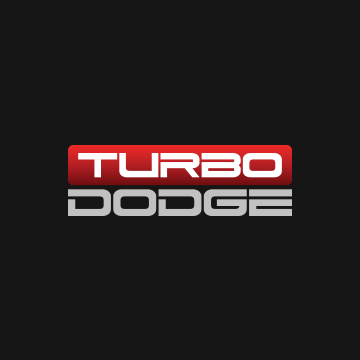Try shifting between 4800, and below 5000 instead of taking it to the top. Look at the torque curves for the stock and Stage I engine performance, and you will understand why I make this suggestion.
The SRT-4 may be different from the PT-GT, but the SAE paper that outlines the 2.4L Turbo build and control design shows the torque to peak around 3800 RPM, with a gradual decline to around 5000 RPM, where it starts really going south.
What the graph shows is the Stock Turbo 2.4L building around 180 ft-lb torque near 1700 RPM, a sharp rise to around 230 ft-lb near 2000 RPM, slow rise to a small notched peak at 2300 where the turbo begins to make boost, a rise to max torque of 245 ft-lb around 3750 RPM, gradual decline to near 230 ft-lb around 4800 RPM then sharp decline to near 160 ft-lb around 6000 RPM.
To put this in perspective, the graph shows torque to be about the same (~180 ft-lb) around 1700 RPM than it is around 5700 RPM. Between that point and 6000 RPM, it falls sharply to near 160 ft-lb at 6000 RPM.
The HP equivalents show a fairly steady rise from around 60 HP near 1700 RPM to 215 near 4800 RPM. From there, a slow decline to around 200 HP near 5600 then a sharper decline to around 180 HP at 6000 RPM.
If the SRT-4 Torque and HP curves are similar, there is a sharp loss of torque at HP beyond 5500 RPM ( a basic carry over of the 2.4L design), with peak Torque and HP around the 4800 RPM Mark.
Based on this, shifts before 5000 RPM are definately suggested.
If you are holding until 6000 RPM, even though the butt dyno still shows it pulling strong, you have already started loosing momentum and time.
I don't know about the SRT-4 PCM programming, but do know the on the PT Turbo side, the PCM is tuned for "torque-based" boost control.
This equates to the PCM program designed to give the same engine torque output for any given throttle input, regardless of ambient conditions (temperature, barometric pressure, etc.).
Since it is a forced air induction system, altitude compensation is not as big an issue as in NA engines. Also, since the system is torqued based boost control, the PCM will command the engine to produce the same torque output (based on throttle position) no matter what the ambient (weather) conditions are.
This will take a little getting used to.





